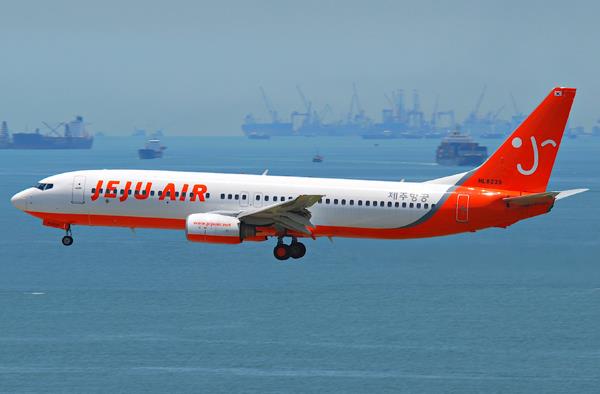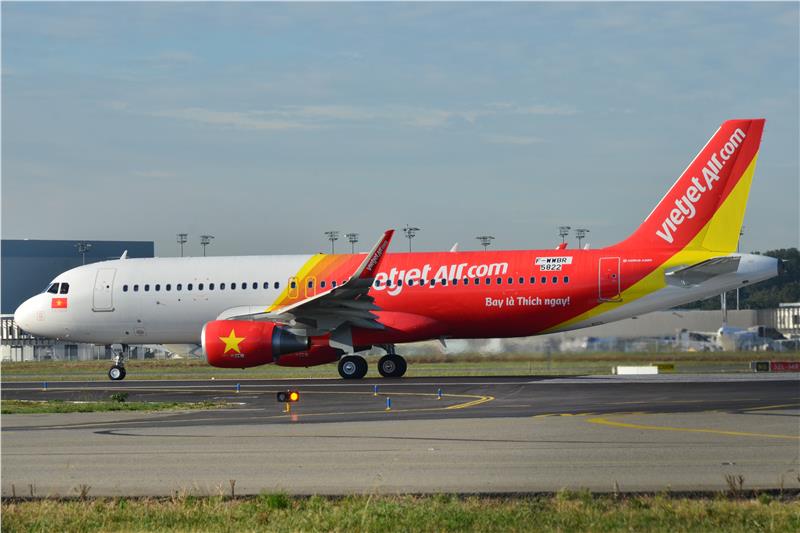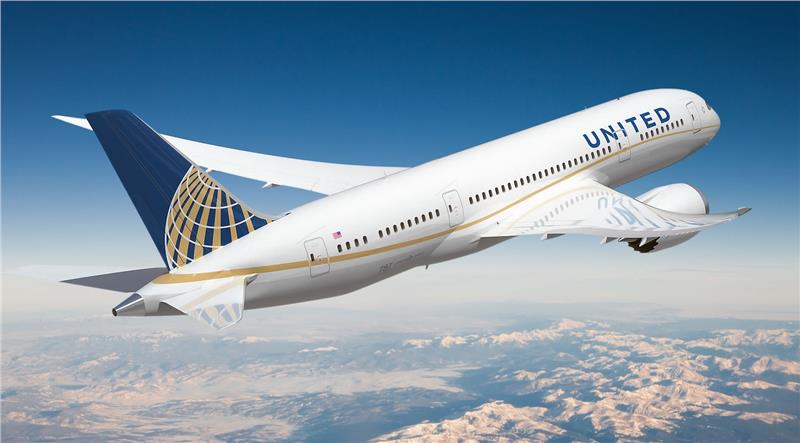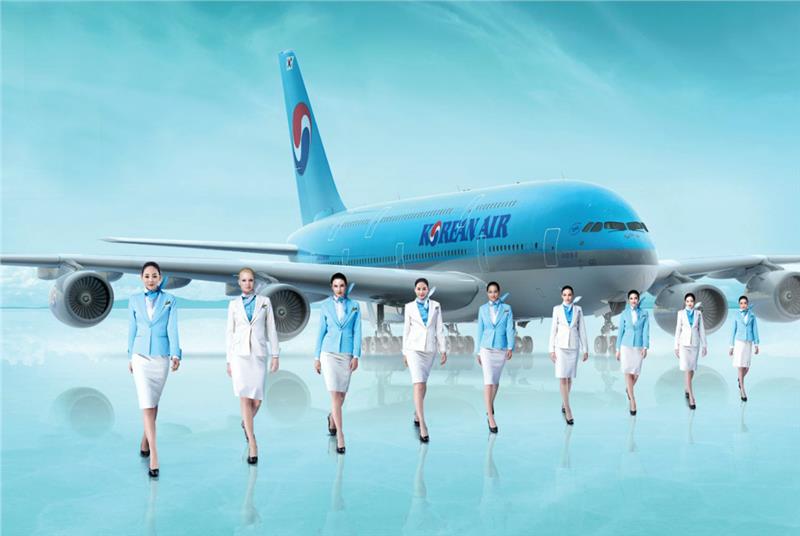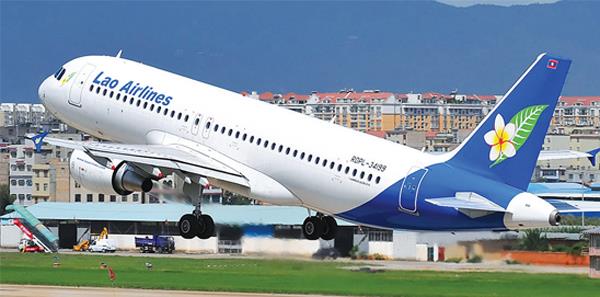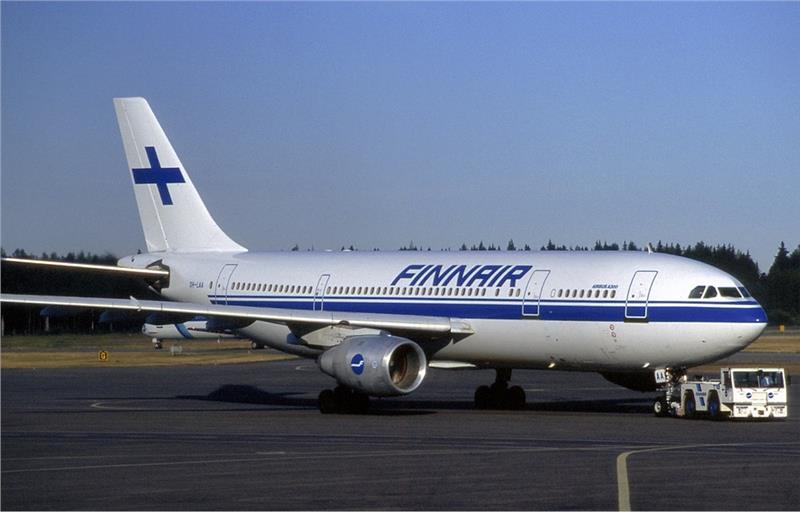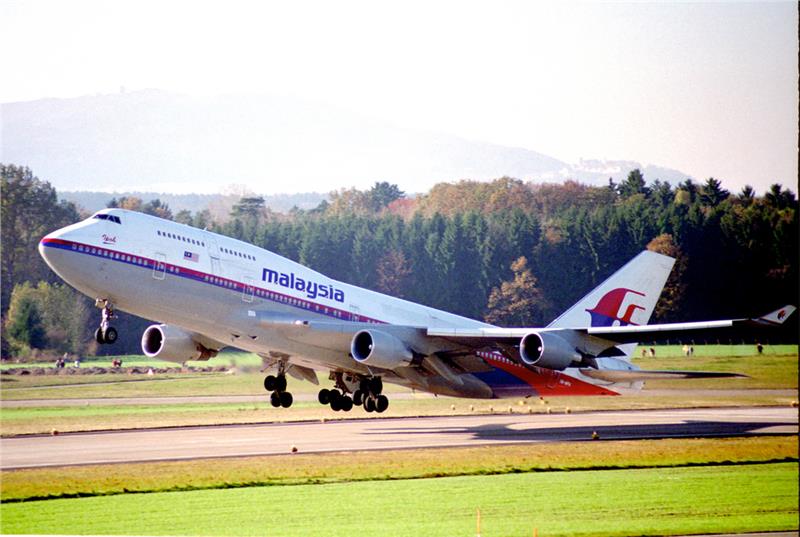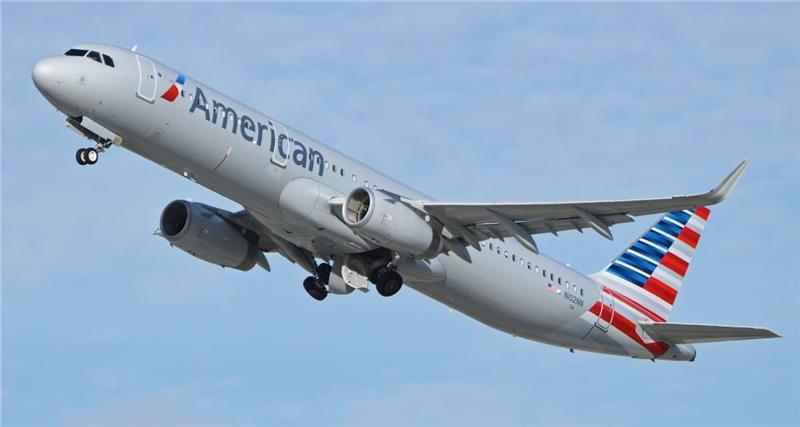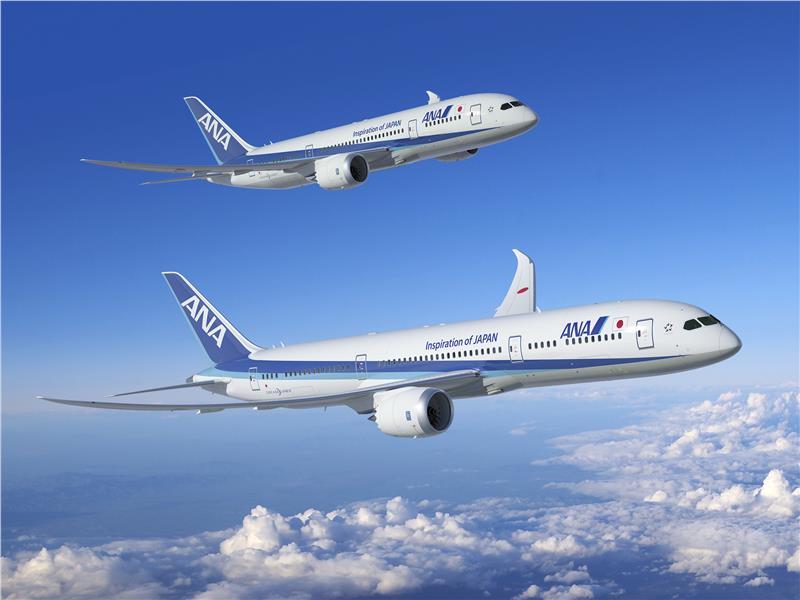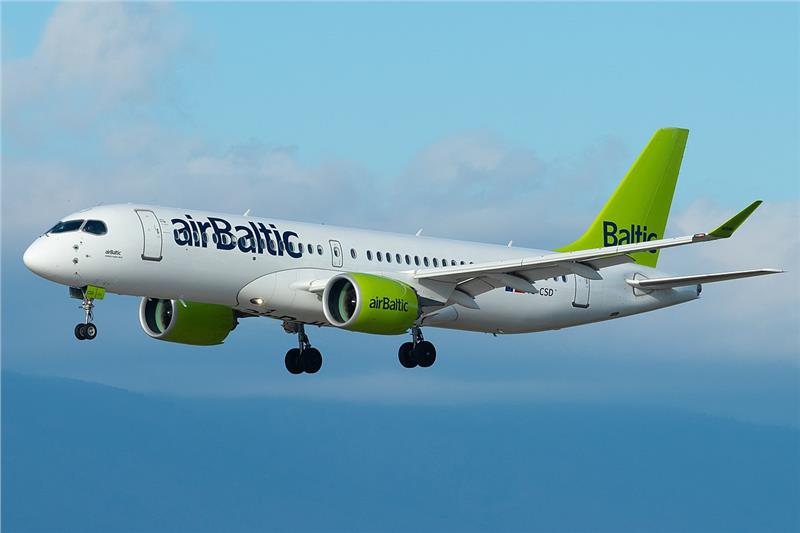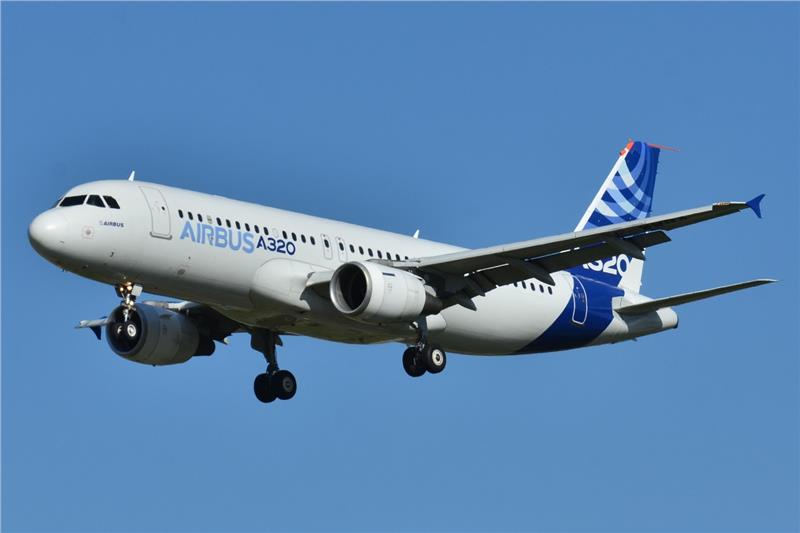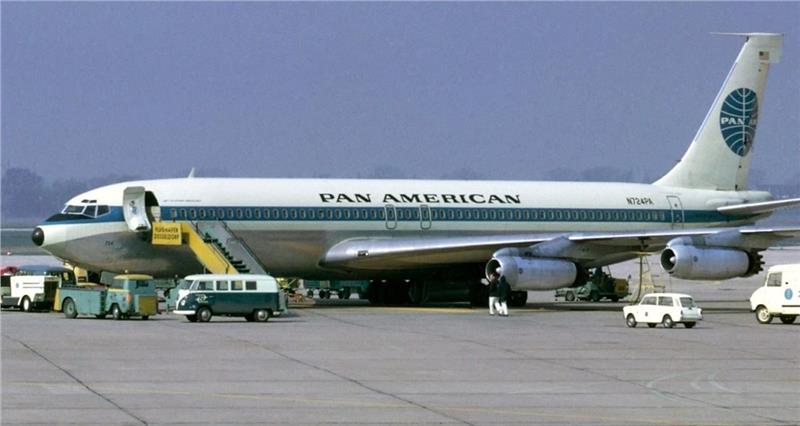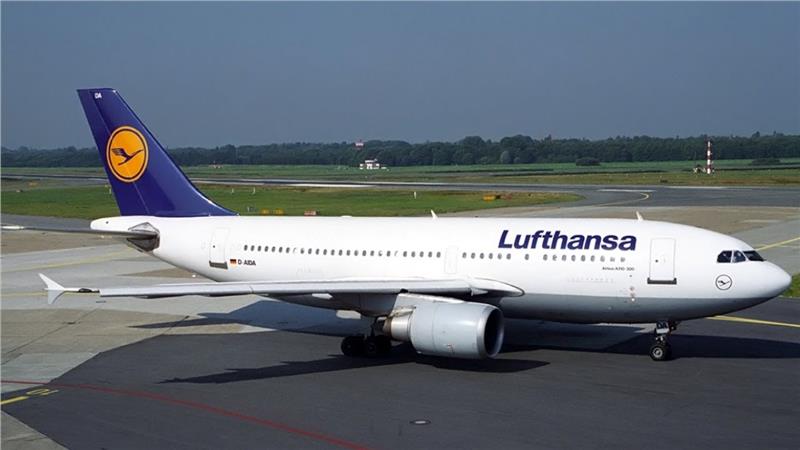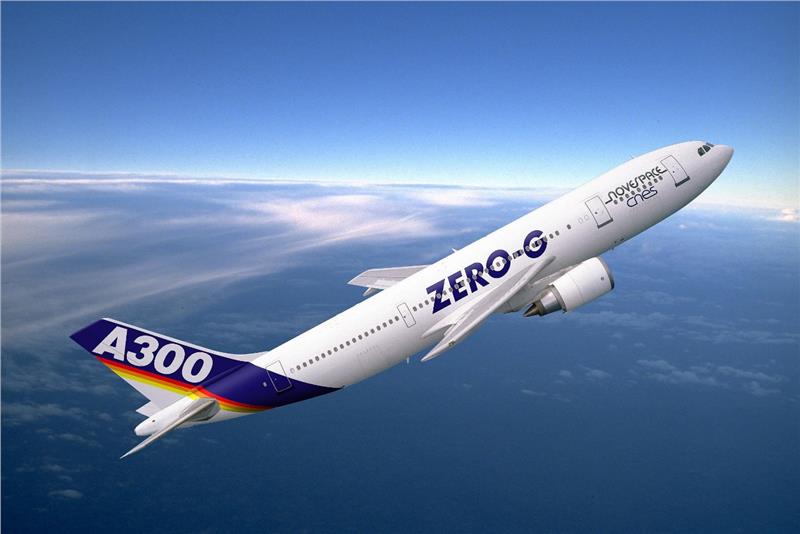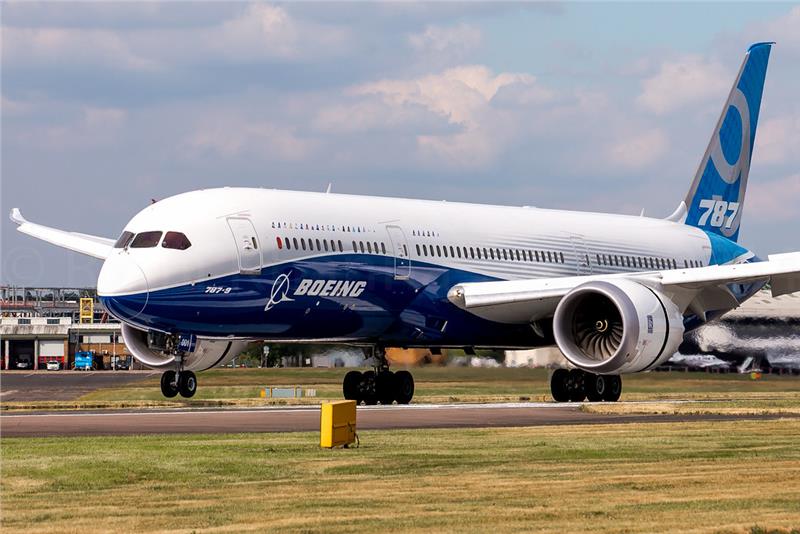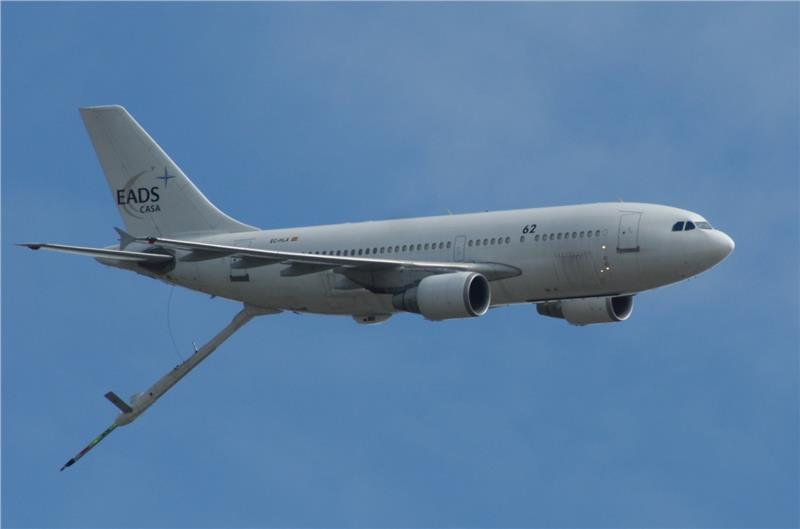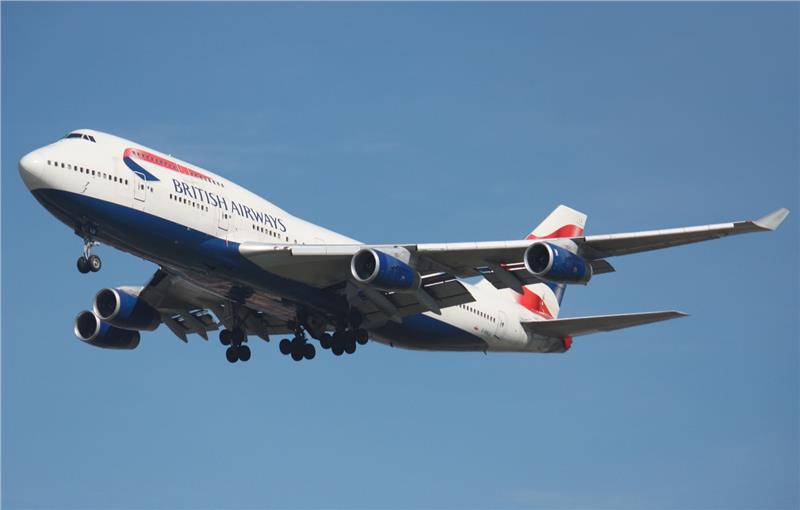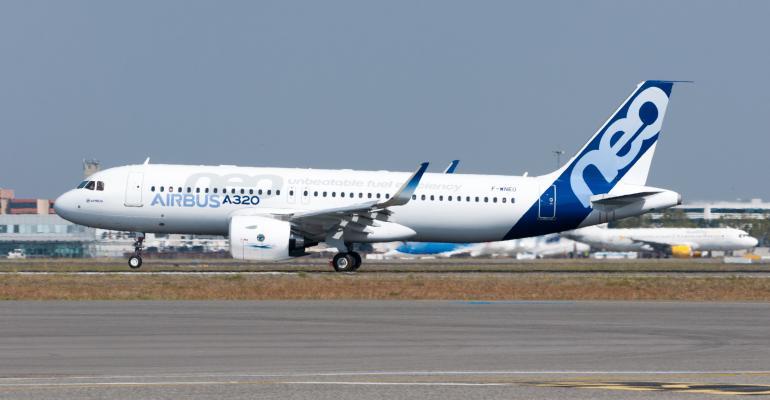Boeing 737 is a popular narrow-body airliner in the world developed by Boeing. In this article, AloTrip would like to share with you the most helpful information about Boeing 737.
Development
The preliminary design work for Boeing 737 began on 11 May, 1964 when Boeing planned for a type of aircraft that was capable of carrying 50 to 60 passengers for a route from 100 to 1600 km.
On 19 February, 1965, Lufthansa was the first customer of Boeing 737 with an order of 21 planes in total. With the airlines’ consultancy, Boeing 737 was re-designed to enhance its capacity to 100 seats.
On 5 April 1965, Boeing announced an order of 40 737 airliners by United Airlines. However, they demanded a slightly bigger size than the original 737; therefore Boeing had stretched the fuselage 90cm ahead of and 102cm behind the wing. The longer version was Boeing 737-200 with original short-body aircraft becoming the 737-100.
In December 1966, the first Boeing 737-100 prototype was released.
On 15 December 1967, the Federal Aviation Administration issued Type Certificate A16we for 737-100.
Boeing 737 was assembled adjacent to Boeing Field (now officially named as King County International Airport) because at this time, Renton factory was at full capacity of producing Boeing 707 and 727. The production then transferred to Renton by 1970.
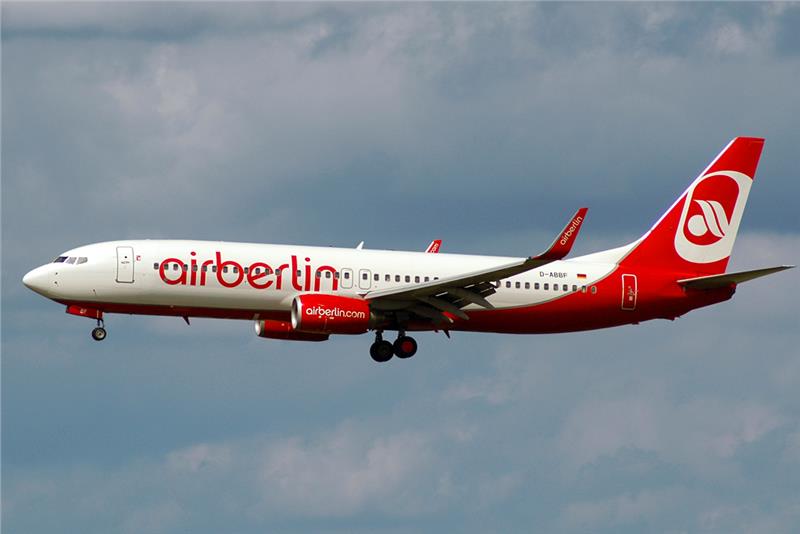
Operational history
In December 1966, the first prototype of six Boeing 737-100s was rolled out.
On 9 April 1967, the first flight was piloted by Brien Wygle and Lew Wallick.
On 8 August 1967, the Boeing 737-200 made its first flight.
Lufthansa was the first airline that bought Boeing 737-100 with the impressive number of 30 planes. In February 1968, Boeing 737 entered service and Lufthansa became the first airline to operate new Boeing aircrafts.
Boeing 737-200 was a favorite aircraft of many airlines, especially to its first customer – United Airlines. Its inaugural flight was operated on 28 April 1968 from Chicago O’Hare (ORD) to Grand Rapids, Michigan (GRR).
In 1993, under the serious threat of the modern Airbus A320, Boeing had prompted to create many different versions including -600, -700, -800 and -900 which share the characteristics of the new plane while still keeping their similarity to the former Boeing 737.
On 13 February 2006, the 5000th Boeing 737 was delivered to Southwest Airlines.
Specifications
|
Characteristics of Boeing 737 |
|||||
|
Variants |
737-100 |
737-200 |
737-300 / -400 / -500 |
737-600 / -700 / -800 / -900 |
737 MAX-7/8/9/10 |
|
Cockpit Crew |
Two |
||||
|
2-Class Seats |
85: 12F 73Y |
102: 14F @ 38 "88Y @ 34" |
126/147/110 |
108/128/160/177 |
138/162/178/188 |
|
1-Class Seats |
103 @ 34 "- 118 @ 30" |
115 @ 34 "- 130 @ 30" |
140 + / 159-168 / 122-132 |
123-130 / 140 + / 175 + / 177-215 |
153/178/193/204 |
|
Exit Limit |
124 |
136 |
149/188/145 |
149/149/189/220 |
172/210/220/230 |
|
Length |
94 ft (29 m) |
100 ft 2 in (30,53 m) |
102 -120 ft (31 - 37 m) |
102 -138 ft (31- 42 m) |
116,7 - 143,7 ft (35,56 - 43,8 m) |
|
Span |
93 ft (28 m) |
94 ft 9 in (28,88 m) |
112 ft 7 in (34,32 m) Winglets: 117 ft 5 in (35,79 m) |
117 ft 10 in (35,92 m) |
|
|
Wing |
979,9 sq ft (91,04 m 2 ), 25 ° sweep |
1.341,2 sq ft (124,60 m 2 ) |
1.370 sq ft (127 m 2 ) |
||
|
Height |
37 ft (11 m) |
36 ft 6 in (11,13 m) |
41 ft (12 m) |
40 ft 4 in (12,29 m) |
|
|
Width |
Fuselage: 148 inch (3,8 m), Cabin: 139,2 inch (3,54 m) |
||||

